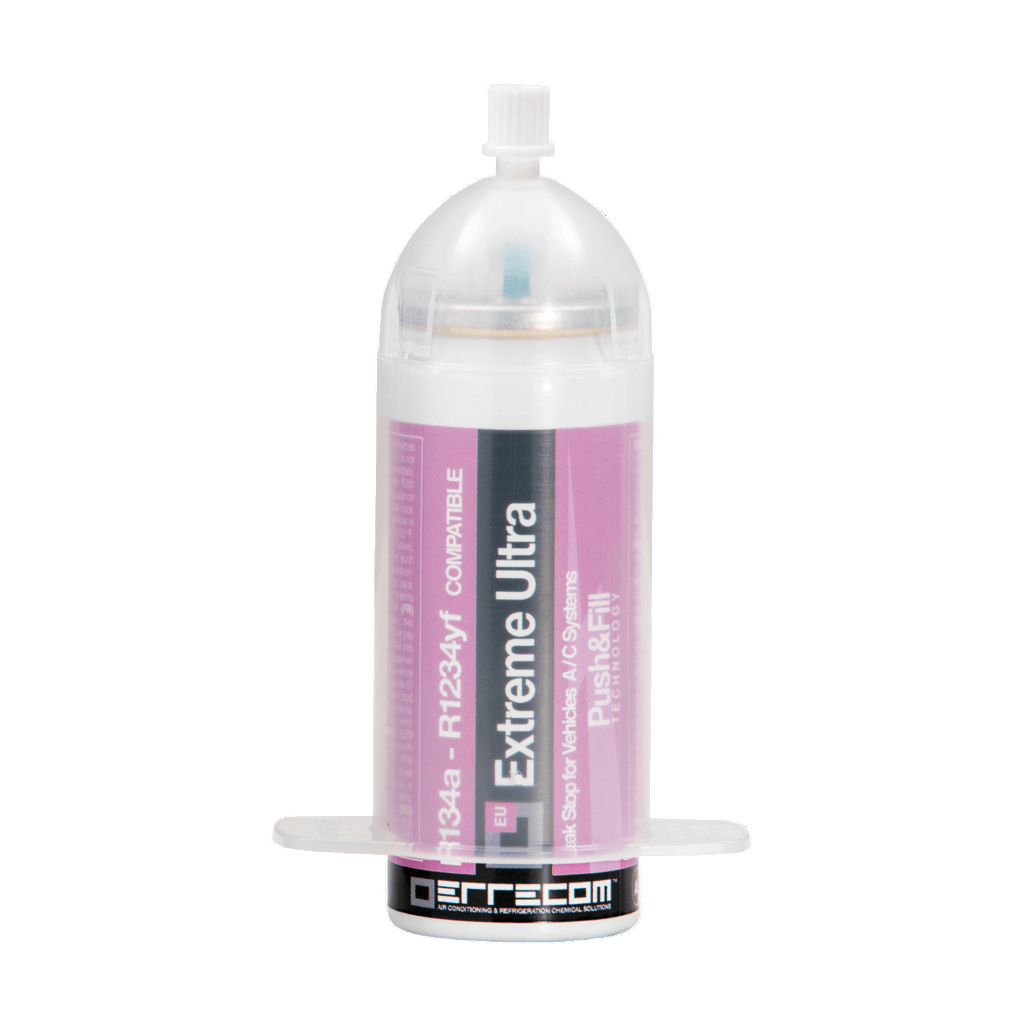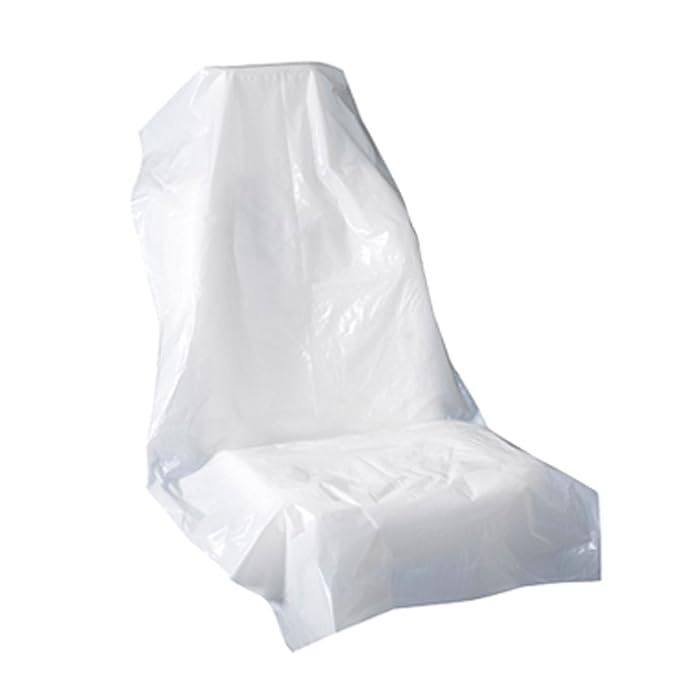Comprehensive Guide to Restoring and Protecting Rubber Seals with Chemical Conditioners

By Ali Hasan Omar | October 6, 2024
Introduction
Rubber seals are essential components in a wide array of applications, from automotive to household appliances, and even industrial machinery. Over time, exposure to environmental factors like UV radiation, ozone, heat, and chemicals can cause these seals to deteriorate. Fortunately, with proper care and the use of specialized chemical conditioners, rubber seals can be restored to extend their lifespan and maintain their functionality.
This step-by-step guide will walk you through the process of cleaning, conditioning, and maintaining rubber seals, ensuring optimal performance and preventing costly replacements.
Why Rubber Seals are Vital in Different Industries
Rubber seals are a preferred solution in numerous sectors due to their ability to create airtight and watertight barriers. Whether used in the automotive, aerospace, medical, or industrial sectors, rubber seals ensure the integrity of various systems by preventing leaks, contamination, or pressure loss.
In vehicles, for instance, rubber door and window seals contribute significantly to noise reduction, temperature regulation, and protection against moisture. In industrial settings, rubber gaskets and seals serve a critical role in safeguarding machinery from corrosive fluids or gases. Thus, maintaining the condition of rubber seals is paramount to the efficiency and safety of many systems.
The Challenge: Rubber Seal Degradation
Despite their versatility, rubber seals are susceptible to degradation over time. The deterioration process is largely driven by environmental exposure, which accelerates wear and tear. Some of the key factors that contribute to rubber seal degradation include:

- Oxidation: Prolonged exposure to oxygen causes rubber to become brittle and eventually crack.
- UV Radiation: Sunlight breaks down the molecular structure of rubber, leading to surface brittleness and cracking.
- Ozone: This atmospheric gas reacts with rubber, causing it to dry out, harden, and develop surface cracks.
- Heat: Elevated temperatures increase the rate of rubber degradation, making seals less flexible and more prone to failure.
- Chemicals: Rubber that comes into contact with harsh chemicals can either swell or shrink, compromising its structure.
The deterioration of rubber seals can range from minor inconveniences, such as increased noise or moisture penetration, to more severe consequences, like system failures due to pressure leaks. Therefore, proactive restoration and protection are essential to maintaining rubber seals in peak condition.
Step-by-Step Guide To Restore and Protect Rubber Seals
Step 1 – Cleaning the Rubber Seals
Before beginning the restoration process, it’s critical to thoroughly clean the rubber seals. Cleaning helps remove any dirt, grime, and residue that could interfere with the conditioning process.
- Materials Needed: Mild soap, water, soft brush or sponge, rubber-safe cleaner (optional)
- Process: Mix a mild soap and water solution, then use a soft brush or sponge to gently scrub the seal. Be sure to get into any grooves where dirt and debris might accumulate. If there are tougher stains or residues, consider using a rubber-safe cleaner or a homemade solution of baking soda and water.
- Rinse: After scrubbing, rinse the rubber seal thoroughly with clean water. Allow the seal to dry completely before moving on to the next step. This ensures the conditioner adheres properly to the rubber surface.
Step 2 – Inspect for Damage
Once the rubber seals are clean and dry, take the time to inspect them closely for any signs of damage. You’re looking for cracks, tears, or areas where the rubber has become too brittle.
- Check for Cracks: Small surface cracks can usually be treated with conditioners, but deeper or more extensive damage may require replacement.
- Evaluate the Seal’s Elasticity: Press lightly on the seal. If it no longer feels flexible or returns to shape after being compressed, the rubber may be too far gone for simple conditioning.
- Decision Point: If the damage is too severe, replacing the seal might be more cost-effective than attempting restoration. For moderate wear, proceed to the next step.
Step 3 – Apply the Chemical Conditioner
The type of conditioner you use will depend on the specific type of rubber (e.g., EPDM, nitrile, silicone, etc.) and the seal’s application (e.g., automotive, industrial). A quality conditioner will not only restore the seal’s flexibility but also protect it against future environmental damage.
- Choosing the Right Conditioner: Select a product specifically designed for rubber seals. For automotive applications, avoid using petroleum-based products, as they can degrade certain types of rubber over time.
- Application: Use a clean cloth or sponge to apply the conditioner in an even, thin layer. Work it into the rubber using small circular motions, paying particular attention to areas that show signs of wear or cracking.

Step 4 – Allow the Conditioner to Absorb
Rubber needs time to fully absorb the conditioner for maximum effect. Depending on the product’s instructions, this could take anywhere from 15 minutes to several hours.
Absorption Time: Ensure you follow the manufacturer’s instructions regarding how long to let the conditioner sit. This absorption period allows the product to penetrate the surface and rejuvenate the rubber’s elasticity.
Tip: Do not rush this step. Proper absorption is key to achieving long-lasting results.
Step 5 – Remove Excess Conditioner
After the rubber has absorbed the conditioner, it’s important to wipe away any excess product.
Avoid Residue: Leftover conditioner can leave a sticky residue, which may attract dirt and debris. Use a clean, dry cloth to gently wipe down the rubber, removing any excess product.
Step 6 – Repeat if Necessary
If the rubber is extremely dry or degraded, you may need to repeat the conditioning process several times.
Severe Degradation: For seals that show significant signs of wear, allow at least 24 hours between applications to give the rubber time to recover fully between treatments. Depending on the extent of the degradation, two or three conditioning sessions may be required for optimal results.
Step 7 – Regular Maintenance
Once the rubber seals have been restored, maintaining them should be a regular part of your routine to prevent future degradation.
- Frequency: For automotive seals, aim to condition them at least twice a year, particularly before the start of winter and summer, when temperature extremes are more likely.
- Monitor for Exposure: Seals exposed to harsh conditions, such as UV rays or chemical solvents, may require more frequent maintenance.
Tips for Best Results
- Test First: Always test the conditioner on a small, inconspicuous area before full application to ensure compatibility with your rubber.
- Avoid Silicone on Paintwork: When conditioning automotive seals, take care not to get silicone-based products on painted surfaces, as this can interfere with future paint jobs.
- Wear Gloves: Protect your hands from chemicals by wearing gloves during application.
- Don’t Overdo It: Applying too much conditioner can lead to a gummy, dirt-attracting surface. Stick to the product instructions and use only as much as needed.
- UV Protection: For seals that are regularly exposed to sunlight, choose a conditioner that contains UV inhibitors for added protection against sun damage.
Conclusion
Restoring and protecting rubber seals with chemical conditioners is an efficient way to extend their lifespan and maintain their effectiveness. By following the steps outlined in this guide and incorporating regular maintenance, you can avoid costly replacements and keep your rubber seals performing optimally.
Remember, proactive care is key. Condition your seals before they show significant signs of wear to maximize their lifespan and functionality. Prevention is always better than a cure, and by maintaining your seals regularly, you can ensure long-term savings and reliability in any application.
FAQs
How often should I condition rubber seals?
Rubber seals should be conditioned at least twice a year, particularly before the summer and winter seasons, as extreme temperatures can accelerate wear. For seals exposed to harsh conditions, such as direct sunlight or chemicals, more frequent conditioning may be necessary.
Can all types of rubber seals be restored using chemical conditioners?
Not all rubber seals can be restored. The success of restoration depends on the type of rubber and the extent of the degradation. Minor wear and surface cracking can often be treated, but severely brittle or cracked seals may need replacement.
What is the best type of conditioner for automotive rubber seals?
For automotive seals, silicone-based conditioners are typically recommended because they offer excellent UV protection and maintain flexibility. However, avoid petroleum-based products as they can degrade certain types of rubber over time.
How can I tell if a rubber seal needs to be replaced rather than restored?
Inspect the rubber seal closely. If you find deep cracks, tears, or the seal no longer has its elasticity (it feels hard and brittle), it’s likely beyond restoration and should be replaced. Minor surface cracks and slight drying out can usually be restored.
Is it safe to use rubber conditioners on seals that come into contact with food or drink?
No. If the seal is used in food-grade applications (such as refrigerators or water dispensers), make sure to use a conditioner that is FDA-approved or safe for food contact. Standard conditioners may contain chemicals that are not suitable for such use.
Can I use household items like oil or Vaseline to condition rubber seals?
It’s not recommended. Household products like oils or petroleum jelly (Vaseline) can degrade the rubber over time, causing it to become sticky or brittle. It’s best to use a conditioner specifically designed for rubber seals to ensure longevity and performance.
What should I do if the conditioner leaves a sticky residue on the rubber?
If you notice a sticky residue after applying the conditioner, you may have applied too much. Wipe the excess off with a clean, dry cloth. Follow the product instructions carefully, and use only the amount recommended to avoid this issue.
How can I protect rubber seals from UV radiation?
Use a conditioner that contains UV inhibitors, which protect rubber seals from the damaging effects of sunlight. Regularly conditioning the seals and limiting their exposure to direct sunlight will help extend their lifespan.
Are there specific products for industrial or high-temperature applications?
Yes. Some conditioners are formulated for industrial applications, including high-temperature and chemical-resistant environments. Be sure to select a product designed for your specific use case, as automotive-grade conditioners may not be suitable for all industries.
Can rubber seals that have been exposed to chemicals still be restored?
It depends on the type of chemicals and the extent of the damage. In some cases, chemical exposure can cause swelling, shrinkage, or hardening of rubber seals. If the seal is not too severely affected, it may be restored with a chemical-resistant conditioner, but heavily damaged seals should be replaced.







